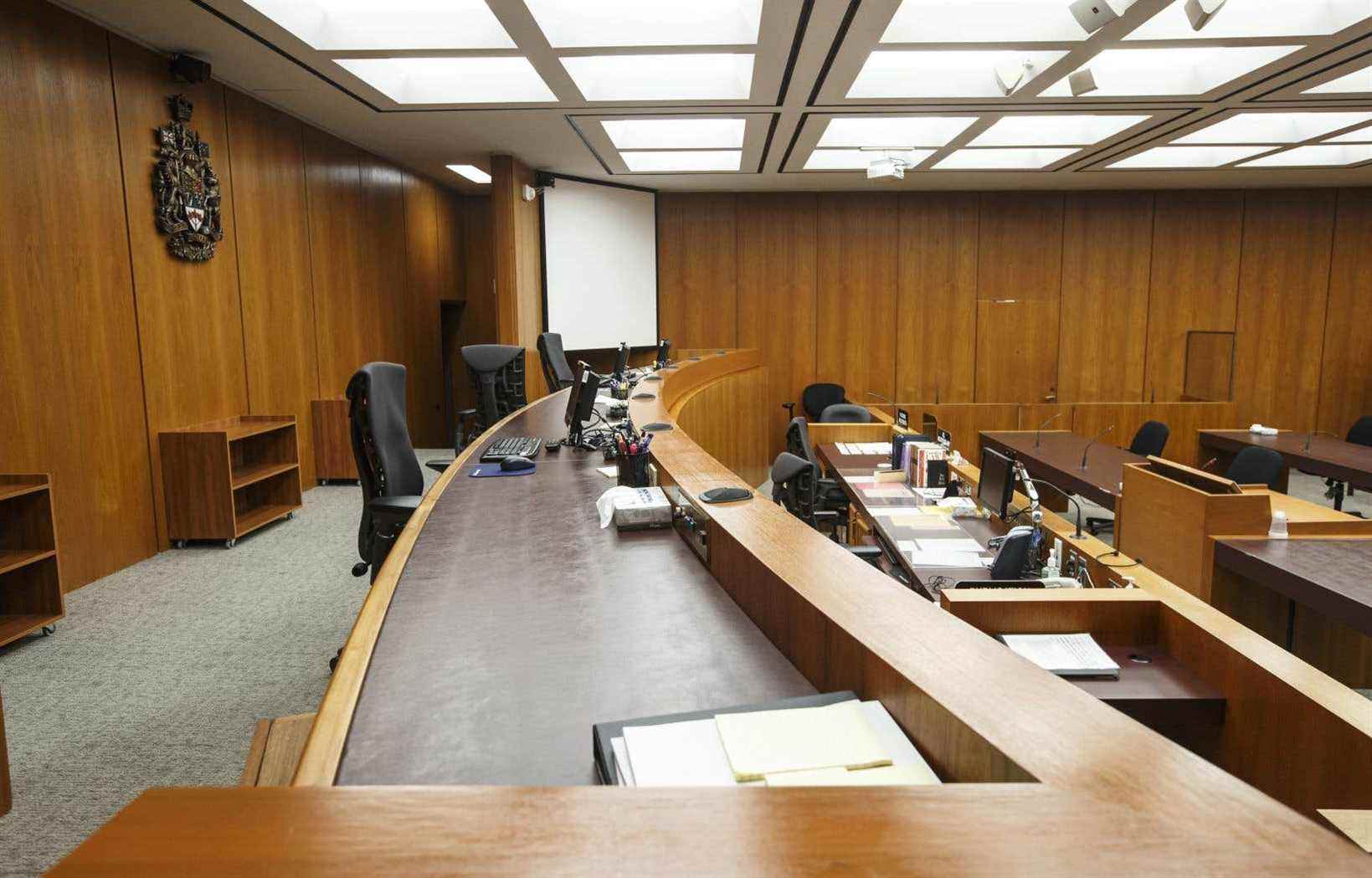How do you know who is telling the truth during a trial? The question is important, because whoever is deemed “credible” could tip the scales of justice in his favor.
“Credibility is a question omnipresent in most trials, which, in its widest scope, can amount to a decision on guilt or innocence”, one can read in a decision of the Supreme Court. of Canada, dated 2002.
But how do you assess credibility? In addition to the words and their coherence, many are those who seek in the “non-verbal behavior” signs perceived as revealing: a witness who speaks while lowering his eyes, the one whose voice trembles, or the other who wriggles while answering. But judges should be careful, one expert warns, because their preconceptions – or stereotypes – about the meaning of these behaviors could mislead them about who is telling the truth and… who is lying.
Because there is not a single sign, not a gesture or a facial expression which undoubtedly guarantees credibility – in everyday life as at the Court -, explains Vincent Denault, postdoctoral researcher at the Department of psychopedagogy and of psychology counseling from McGill University.
Nor is there any non-verbal behavior that is a sure indicator of the regret felt by a murder convict. Tears can flow without real remorse, and remorse can exist without tears. In short, no Pinocchio nose that grows longer with each lie, continues in an interview the researcher, whose work has focused on this subject and who recently offered a conference at McGill University.
“People experience emotions in different ways,” says Denault. Words that make you think of the character of Meursault in the novel The foreigner, de Camus, who was reproached at his trial for his lack of emotions and even for not having cried at the death of his mother.
In short, the assessment of credibility, “it’s very subjective” and it’s partly based on the expectations of the observer, he adds.
No non-verbal sign is present in all liars, slices the man who cumulates studies in law, social law and communications. “But the danger is that people think there is.
This quest for the truth to deliver justice is not new, relates the one who is the co-founder and co-director of the Center for Studies in Non-Verbal Communication Sciences, within the Research Center of the University Institute in Health mental health of Montreal.
In the Middle Ages, scorching iron was applied to the accused: the type of burn marks left on the skin supposedly made it possible to know if they were telling the truth. King Solomon is said to have suggested to two women claiming the motherhood of a child to cut it in half. He decided that the one who instead gave up the toddler, so as not to see him die, was the real mother.
Mr. Denault was therefore interested in what is currently happening in the courtrooms of courthouses, particularly in Quebec.
He notes these examples, found in judgments: a young man who looked straight into the judge’s eyes while testifying was described as “sincere”. But not the one who seemed agitated while delivering his story, nor this witness who spoke hesitantly.
This is only the tip of the iceberg according to him, as these are only cases where this assessment of non-verbal communication has been the subject of a written reference in a decision.
He gives other examples of stereotypes and prejudices: speed of speaking is often associated with truth. But a liar may have repeated his lies in front of his mirror and be ready to tell them without hesitation to the magistrate, while another who is telling the truth has not felt the need to do such a preparatory exercise.
The subject is not trivial.
What will be the fate of all these trials where the word of one is opposed to the word of the other? And what will be that of a victim of domestic violence called to testify at the trial of her ex-spouse?
If she is hesitant and looks down when speaking, will this be taken as proof that she is lying? Or will we recognize on the contrary that this behavior is due to her nervousness because she is in the presence of the man who beat her?
Not to mention that lawyers skilled in cross-examination can exploit these stereotypes to make the witness appear more nervous, and therefore potentially less credible in the eyes of some.
The exercise of determining credibility is really “far from simple”, recognizes Mr. Denault, who “lifts his hat” to the magistrates. He would like the subject of stereotypes about non-verbal behavior to be raised and discussed more often in educational and legal circles, especially with future lawyers when they are still on the school benches, so that they are made aware of their existence.
But not all judges have such prejudices, underlines the researcher. And just because there are prejudices and stereotypes in the courtroom does not mean that the final judgment will be bad: “It can be the best judgment”.
Despite the difficulties, he does not believe that the solution is to completely rule out any evaluation of non-verbal language: that would only shift the problem, he says, because while the search for truth is based only on words, some witnesses have said. less vocabulary, for example, might be at a disadvantage.
And then, according to him, non-verbal language plays another very crucial role: that of facilitating human interactions and helping to understand each other. In a courtroom, it captures what the witness is really trying to say.
We must therefore appreciate the non-verbal at its true value, he concludes, “with its strengths and weaknesses. “
